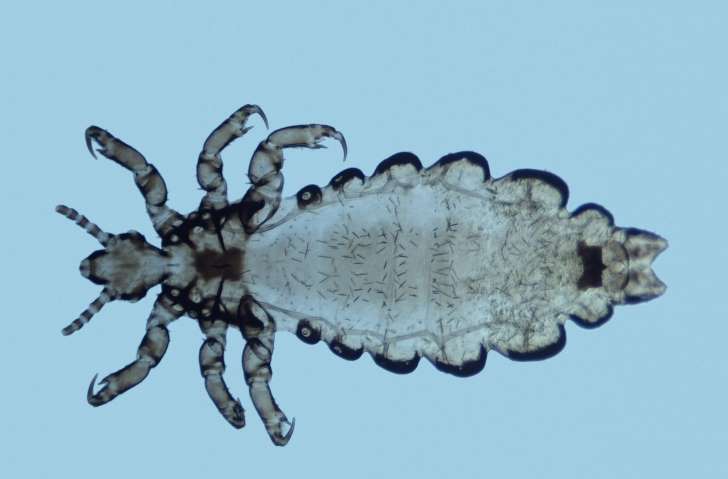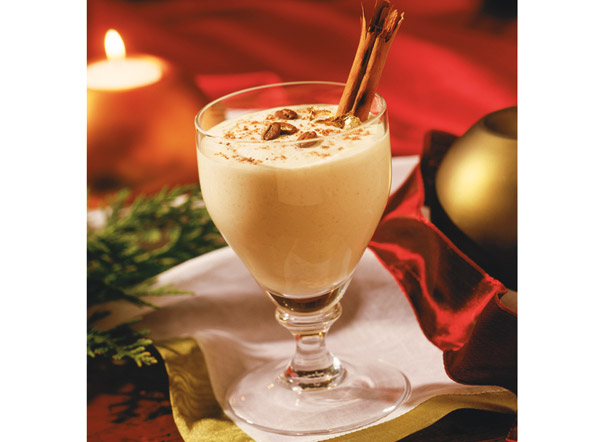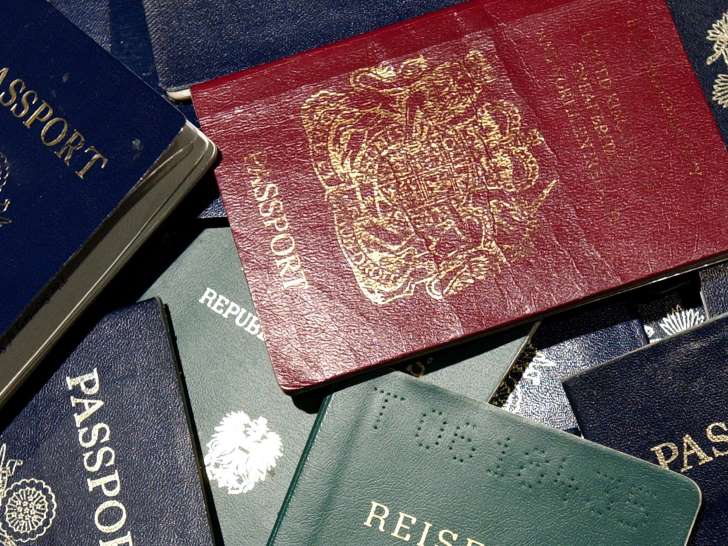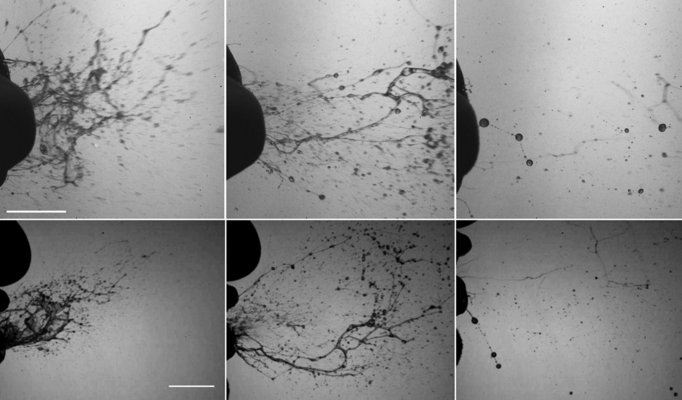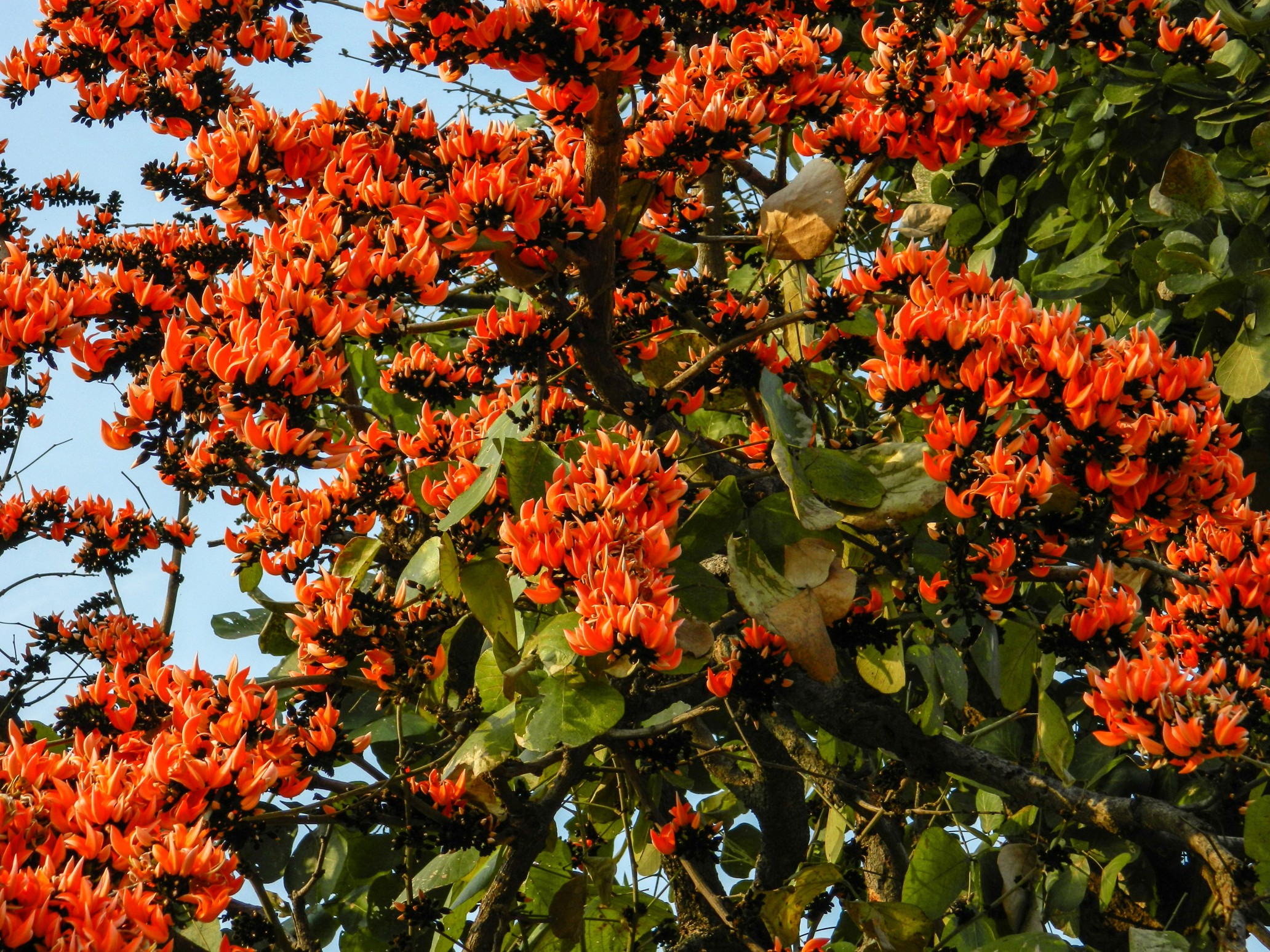
- DR SATISH K. KAPOOR
Palasha ( Butea monosperma) is considered to be the embodiment the Absolute Reality( Brahma), and hence called the Brahma-vriksha.
The Skanda Purana (VI. 248.8) says; Just as the Brahmin is at the apex of the caste system Brahma-vriksha is the best among all trees. Palasha is specially dear to Lord Shiva who pervades it in His various forms and moods. He is present at its root as Hara( “the seizer”), on its stem as Shula-dhara (“the trident-bearing one”), in its branches as Rudra (the fiery Lord), in its flowers as Tripura (“slayer-lord”), in its leaves as Shiva ( “the auspicious”), in its fruit as Ganapati ( Ganesha), in its bark as the Lord of river Ganga, in the pith-marrow of the tree as the Lord of feeling and in its twig as the Lord of all (Ishvara) (Skanda Purana VI. 248.9-14).
Palasha is further regarded as ‘the seed of devas’, ‘the bestower of desires’ and ‘destructive of great sins’(Skanda Purana,VI.248). Taking food on the Palasha leaf in considered to be auspicious and gives the benefit ‘of a thousand horse sacrifices’(ashvamedha yajna). Even the sight of the Palasha tree in early morning hours is said to have spiritual significance as it saves one from going to hell. The worship of tree, specially on Thursday (Brihaspativara) in Chaturmasya endows virtue and ends the miseries(vyadhis) of life.
Palasha is a medium –sized deciduous tree, about 20-30 high and id regarded as sacred by the Hindus. In Sanskrit , it is called Kimshuka for having blossoms (without odour) resembling a parrot beak Yajniya for being fit for sacrificial offering, and Raktapushpaka for having red flowers. Its other popular names are Dhak, Tesu, Chalcha (Hindi), Kinaka, Palas, Polashi (Bengali), Khakria (Gujarati), Kakracha(Marathi), Katumurukku, Chamata, Kinjugama(Tamil), Kimshukamu, Modugu (Telugu) and Kinjoke, Polasu(Oriya). Each Leaf of Palasha is trifoliate-the left side symbolizes Lord Brahma, the middle, Lord Vishnu and the right, Lord Shiva .
Palasha is used in a variety of social and religious ceremonies. Its twigs serve as sacrificial sticks (samidha) in the vedic rite of agnihotra . Its flaming scarlet-orange flowers are offered to deities in temples during its blossoming period in the spring season. Its leaves are used for worship, specially on Bhadra Shukla Chaturdashi (14th day of bright fortnight of Bhadrapada, August-September) and Ashvin Shukla Navami (9th day of bright fortnight of Ashvin, September-october). Palasha leaves are also turned into plates for sharing food at community gatherings .
The staff carried by a brahmachari during the investiture ceremony(upanayana) is invariably derived from Palasha. The Vedi or sacrificial post(yupa) is often carved from its wood. In the death rites(antyeshti samskara) performed in the absence of a corpse, the twigs of Palasha are used along with Kusha grass (Desmostachys bipinnata ) to make a prototype of the said person. Palasha wood is also used for cremation.
The beauty of Palasha in spring finds adequate mention in the ancient Indian texts. In Sanskrit dramas, young girls reflect the glory of the blossoms of Palasha. Kalidasa describes Palasha forests as resembling a blazing fire in the wind which makes the earth look like a bride in a red robes.
Palasha is also associated with Kamadeva as it kindles the fire of love and with Soma or the moon god as it affects biorhythm in human beings. Its branches are traditionally held by lovers to woo their beloveds or to ascertain their fidelity. Talismans or amulets made up of its limbs are used to fascinate members of the opposite sex.During the Holi festival, revelers smear each others’s face with gulal powder derived from Palasha-flowers or sprinkle water coloured with its dye.
Palasha has great medicinal value and its various parts are put to use for their aphrodisiac, diuretic, astringent, anthelmintic and other properties. Its bark is used to cure cough, dysentery, excessive thirst, piles, ulcers, tumors, infertility in women, amenorrhea and snakebite. Its leaves and flowers reduce swelling, burning sensation in urinary tract, and throat ulceration. Its gum is used to cure itching, backache and other painful conditions of the body. Its seeds can eliminate parasites from the digestive tract.
Dr Satish K Kapoor, a former British Council Scholar, is the author of Hinduism: The Faith Eternal (Advaita Ashrama, Kolkata).


 South Asian News E-Paper
South Asian News E-Paper Punjabi News E-Paper
Punjabi News E-Paper



